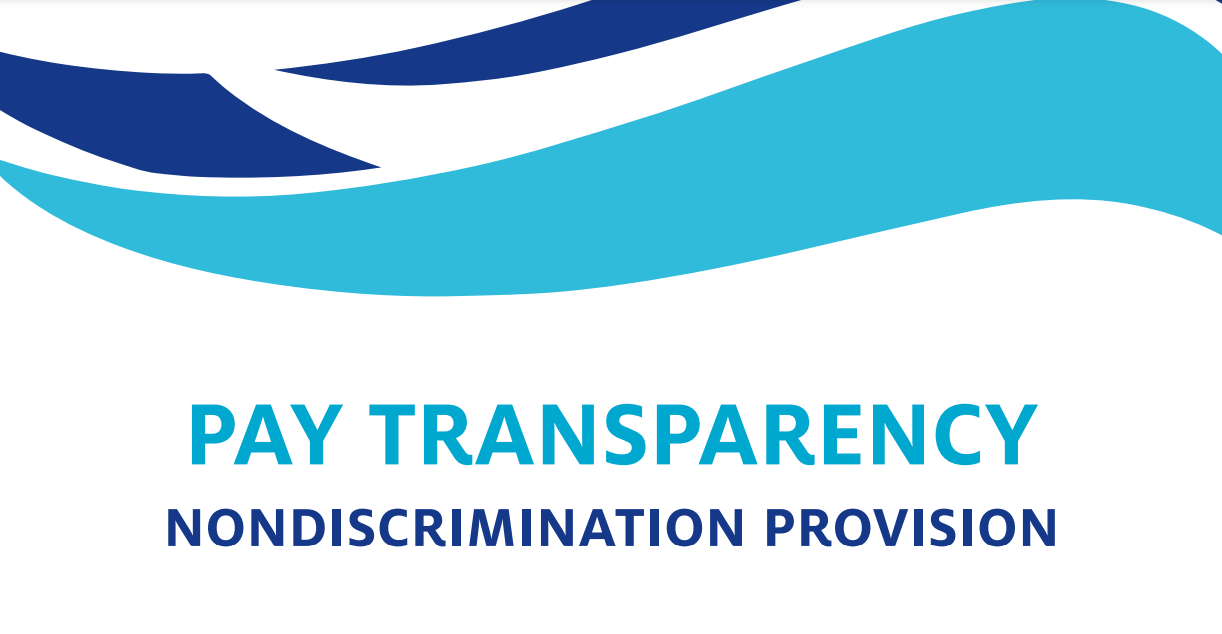Helping Students Negotiate Salary
/With more companies posting salary ranges, students may have an easier time negotiating job offers. New laws in California, New York, and Colorado require companies to be more transparent, and the hope is to reduce gender and racial inequities. Advice from Business Communication and Character, 11e (Chapter 14), follows. Asking for more requires courage, so students need encouragement and practice.
Consider the entire package. Negotiating an increase in salary is best because annual merit increases will build on a larger base every year. But the compensation and benefits package also could include bonus and equity (company stock) pay, healthcare benefits, relocation assistance, tuition reimbursement, sign-on bonus—and other aspects of the job that you may value, such as how much time you can work from home, the start date, and so on. Think about what is most important to you and where the company might have flexibility. For example, vacation time and retirement plans may be fixed for every new hire at your level, but a hiring manager might have more leeway with relocation, a sign-on bonus, and remote work options.
Know your value. Review your resume and focus on your skills and accomplishments related to the job and company. Be confident about what you bring to the table. People in dominant identity groups may have an easier time with this idea, which partly explains the gender pay gap in the United States and elsewhere.
Research starting salaries. Explore your college’s career management office, Glassdoor, PayScale, Salary.com, and other sites to determine the likely range for the position and location. You might share your offer with other students; people are surprisingly willing to talk about their finances today, and transparency helps reduce the pay gap. Keep your expectations realistic. You can ask a recruiter about a salary range—but not too early in the process. Negotiations typically don’t start until after you have a job offer. If asked about your requirements, try to get a salary range from the employer first, so you don’t “low-ball” yourself.
Highlight your assets. When you begin to negotiate, give concrete examples, for example, similar work and accomplishments at other companies. Think about why the employer should pay you more. Often, they are looking for your motivation level. In other words, how can you prove—with evidence—that you’ll work harder than other employees and, therefore, be worth the extra compensation? Avoid talking about your needs, for example, student loans; other than relocation, an employer will pay more for what you can contribute—not for your expenses.
Decide on your approach. Include all your requests up front so the employer doesn’t get frustrated and feel manipulated when you negotiate each term separately. If you don’t get the salary or other terms you request, what will you do? Be clear about what you’re willing to compromise and at what point you will decline the offer.
Practice. Practice what you’ll say with friends and others to address counterarguments and hold your ground. You don’t need to apologize (“Sorry to bother you with this. I know you’re busy”). Instead, adopt a confident, persuasive, yet friendly tone (“I’m very excited about the position and joining the team, and I know I’ll bring a lot of value to the table, particularly because of my experience at ___ [or something relevant you accomplished]. I'm wondering if we can explore a slightly higher starting salary of $ ___”). Your goal is to convince the employer, without sounding too demanding, that you’re worth the extra compensation.




















